Soil Moisture Sensor
WIFI Soil Moisture Sensor with Temperature, IP66
Solar Powered Soil Moisture Sensor, 0~100%RH
3 in 1 Plant Soil Moisture Sensor, Temp/ Illuminance
Smart Soil Moisture Sensor with APP Control
Digital Soil Moisture Sensor, Temperature/pH
TDR Soil Moisture Sensor, RS485 Output
Soil Moisture Sensor for Garden, WiFi/Bluetooth
Soil Moisture Temperature Sensor, Salts/N-P-K/pH
FDR Soil Moisture Sensor, ±3%/±2%
Handheld Speedy Soil Moisture Sensor with Digital Display
Tensiometer Soil Moisture Sensor, 4-20mA/RS485
Multi Depth Soil Moisture Sensor for Agriculture, 3/5 Layers
Capacitive Soil Moisture Sensor, V2.0
Outdoor Soil Moisture Temperature Sensor with Smart Gateway
Soil moisture, a physical quantity indicating the degree of dryness or wetness of soil at a certain depth, is also known as soil moisture content. The various components of the water balance in agricultural fields influence the level of soil moisture.
Soil moisture sensors, also known as soil moisture content sensors or soil water sensors, consist of stainless steel probes and waterproof sensors. They can be permanently installed in soil or embankments for long-term use, enabling point-specific monitoring and online measurement of soil moisture conditions in both surface and deep soil layers. When used in conjunction with a data logger, it can serve as a tool for fixed-point or mobile measurement of soil volumetric water content, primarily used for soil moisture monitoring, agricultural irrigation, and forestry protection.
Methods of Expressing Soil Moisture
Soil moisture, which represents the actual water content of the soil, can be expressed as the percentage of soil moisture content relative to the weight of dried soil: Soil moisture content = Water weight / Dried soil weight*100%. It can also be expressed as the percentage of soil moisture content relative to field capacity or relative to saturated water content, among other relative moisture content measures.
Based on soil relative humidity, one can determine the degree of soil moisture content and the amount of water it can retain, which is valuable for irrigation purposes. Soil moisture levels influence field climate, soil aeration, and nutrient decomposition, making them one of the key conditions for soil microbial activity and crop growth and development.
Soil moisture is influenced by atmospheric conditions, soil type, vegetation, and other factors. In the field, soil moisture is typically assessed by hand and generally categorized into four levels:
- Wet: Water flows out when the soil is squeezed by hand.
- Damp: Leaves a wet trace on the hand when placed there, can be formed into a soil ball or strip, but no water flows out.
- Moist: Feels cool and moist on the hand, leaves a slight impression when pressed.
- Dry: No cool sensation when placed in the hand, and clay forms hard clumps.
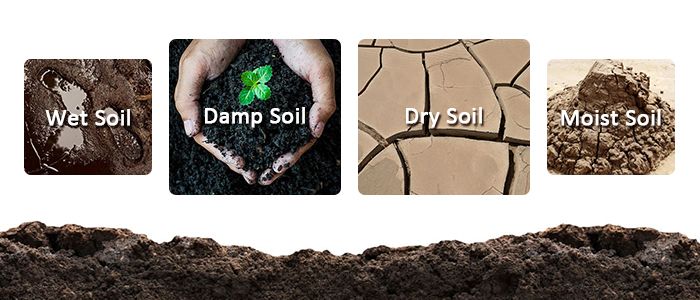
Crop Growth Temperature - Examples
| Crops | Growing Temperature | Minimum Temperature |
| Wheat | Winter type: 16°C–18°C | Generally below 1°C–4°C |
| Semi-winter type: 14°C–16°C | ||
| Spring type: 12°C–14°C | ||
| Rice | Seedling germination: 28°C–32°C | Minimum temperature for seedling germination 10°C–12°C |
| Spiking: 25°C–35°C | ||
| Sweet Potatoes | Suitable growing temperature: 22°C–30°C | Growth stops when temperature falls below 15°C |
| Potatoes | Optimal temperature: 15°C–17°C | Minimum temperature for tuber germination 5°C–6°C |
Classification of Soil Moisture Sensors
Soil moisture sensors are devices used to monitor soil moisture content, widely applied in agriculture, horticulture, environmental monitoring, and soil and water conservation. Based on their measurement principles and functions, soil moisture sensors can be categorized into various types, primarily including resistive, capacitive, frequency domain reflectometry (FDR), and time domain reflectometry (TDR) sensors.
Resistive soil moisture sensors estimate soil moisture by measuring the resistance between electrodes. They have a simple principle and are suitable for general household gardening or basic irrigation monitoring, but they are easily affected by soil salinity and have limited accuracy.
Capacitive soil moisture sensors utilize changes in capacitance to reflect changes in soil dielectric constant, thereby calculating moisture content. They have high stability and interference resistance and are suitable for agricultural production and greenhouse facilities.
FDR and TDR soil moisture sensors utilize the propagation characteristics of high-frequency electrical signals to obtain more precise soil moisture content information. They offer high accuracy and fast response times, making them suitable for use in research, soil hydrological monitoring, and smart agricultural systems.
In agriculture, soil moisture sensors are commonly used in smart irrigation systems to monitor real-time changes in moisture levels in the root zone, controlling the automatic activation and deactivation of water pumps to achieve water conservation and increased yields. In horticulture and lawn care, sensors are used to scientifically manage watering frequencies, improving plant health. In ecological environment monitoring, they are used for long-term tracking of soil moisture changes, aiding in assessing drought risks and vegetation recovery conditions. In research, TDR and FDR sensors are essential tools for experiments on soil moisture balance and evapotranspiration calculations.
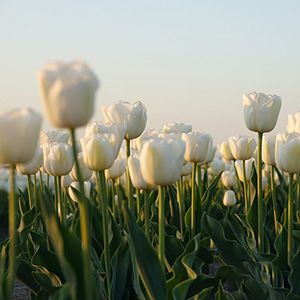
Horticulture
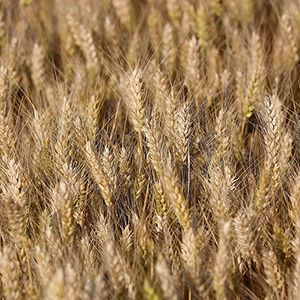
Agriculture
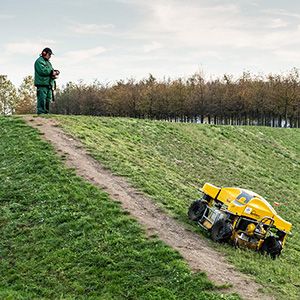
Lawn Care
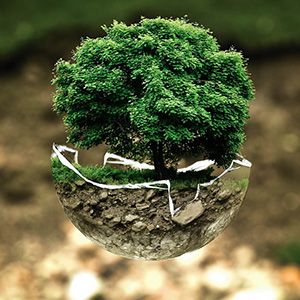
Ecological Environment
With the development of IoT technology, many soil moisture sensors now support wireless communication, remote data collection, and cloud platform management, enhancing monitoring efficiency and intelligence. When selecting soil moisture sensors, SUCH.com offers a variety of high-quality products, including three-in-one (moisture/temperature/conductivity) sensors, RS485/4-20mA output sensors, and wireless transmission modules. These sensors are highly compatible, easy to install, and suitable for various complex environments. SUCH specializes in sensor technology and is committed to providing efficient and reliable sensor solutions for smart agriculture and ecological environments.




















































